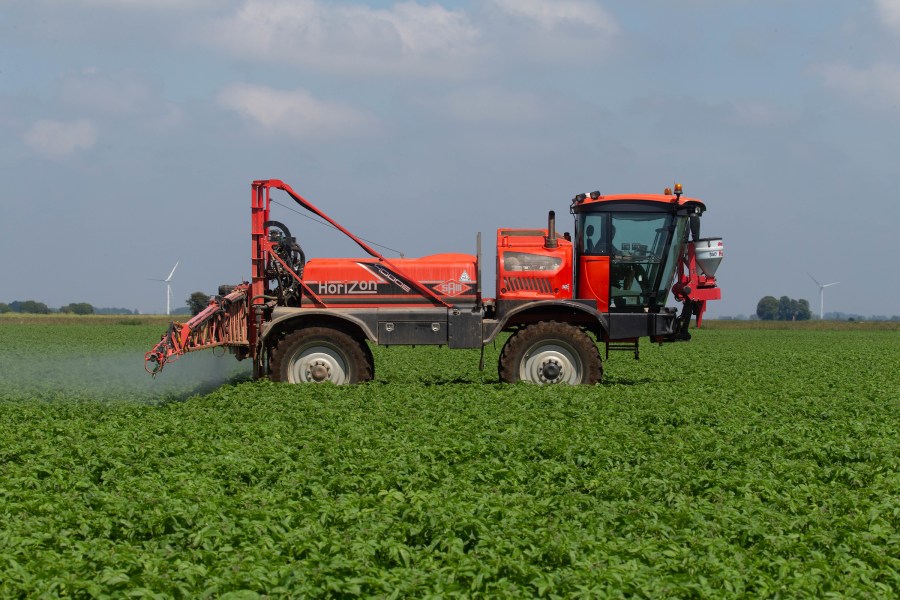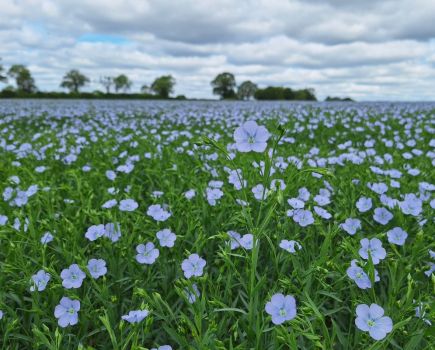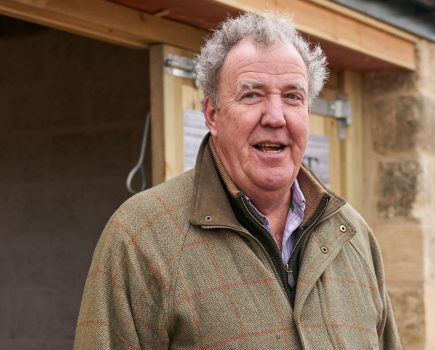Corteva’s blight preventing chemistry, oxathiopiprolin, is now available for Irish farmers in a newly formulated product, Zorvec Entecta.
Zorvec Entecta is a liquid formulation combining the Zorvec active (oxathiopiprolin) with amisulbrom to provide protection from late blight for up to 10 days after application.
Corteva launched the Zorvec active in 2018 and it was originally sold in co-packs. More recently, it was available in co-from with benthiovalicarb as Zorvec Endavia. This new co-formulation improves persistence and duration of protection for tackling late blight present in the plant, as well as moving systemically to protect new growth, says Corteva.
“We’re delighted to achieve registration for Zorvec Entecta in Ireland, where growers will benefit from access to the new product in 2023,” says category manager for potatoes, Alister McRobbie. “Zorvec Entecta retains all the qualities of previous Zorvec active products that made them such a vital tool for the potato crop”.
Evolving strains
Data from the James Hutton institute revealed that blight strains found in UK and Ireland continue to evolve, making for a particular dynamic and challenging population. The 6 A1 strain continues to account for a significant proportion of the population, although it is being steadily displaced by the more aggressive 36 A2 strain in the UK.
“We are seeing no let-up in the challenge facing growers, who will continue to need effective chemistry that allows them to create programmes that fight disease and counter the threat of resistance,” adds Alister.
Application advice
Farmers can apply Zorvec Entecta at 0.25 l/ha up to four times during a season. In order to get the most from the product, growers should consider making two applications during the rapid growth phase, making best use of its curative, preventative and systemic activity, recommends Corteva. A further two applications should be retained for the latter half of the programme at the stable canopy phase of the crop – these should be timed to tackle increases in the late blight threat as indicated by forecasting systems.




